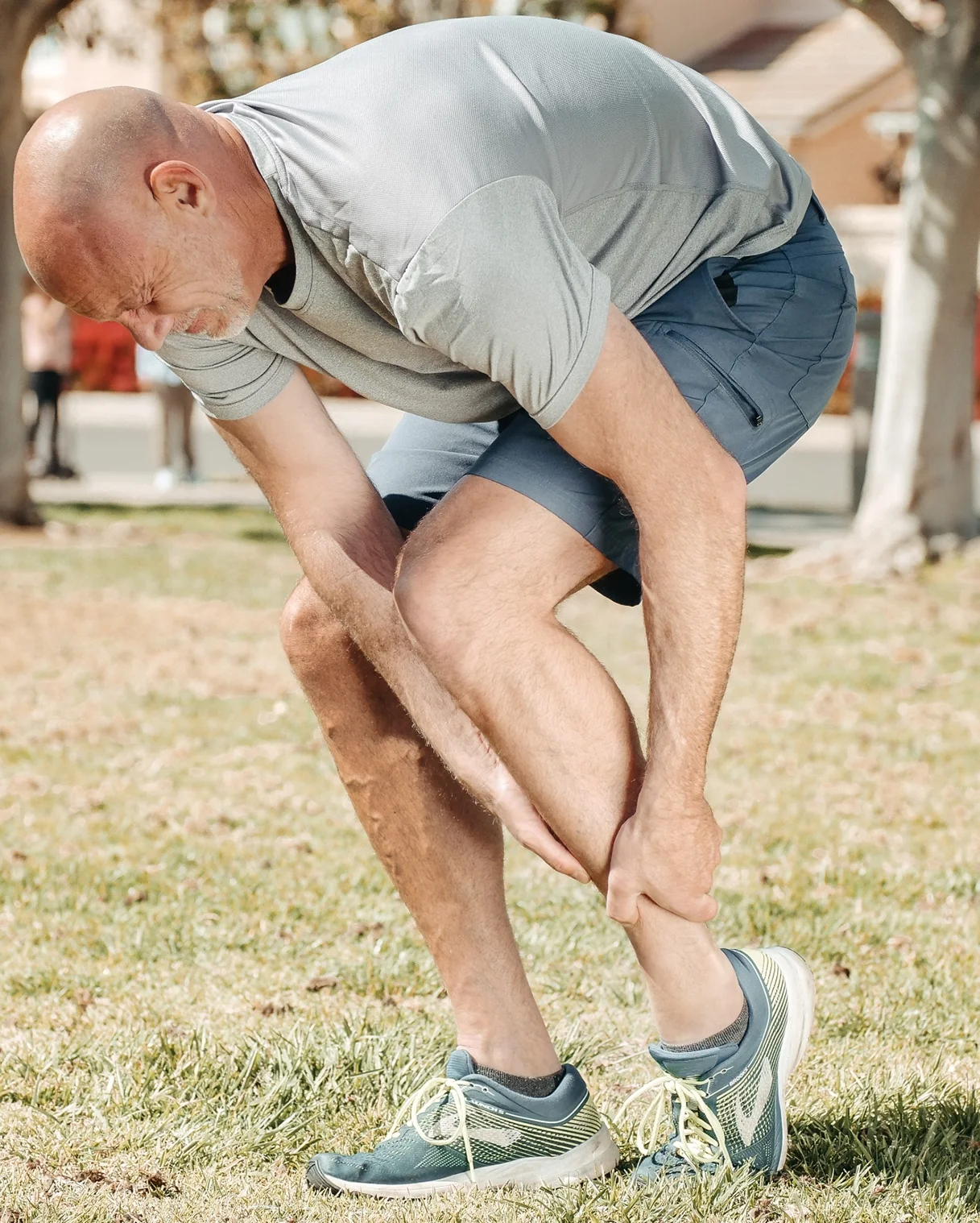Arthritis
Arthritis can be inconvenient. Distressing. And disheartening. It may cause you to be hesitant. It can frustrate — and perhaps prohibit you from doing the things you enjoy. It is, quite literally, a source of pain. There are over a hundred distinct forms of arthritis. There are other forms of arthritis, but the most common are osteoarthritis and rheumatoid arthritis.
The good news is that people living with arthritis can live well. You can obtain relief from its pain and consequences. Exercise is one of the most effective strategies to alleviate arthritis pain. Exercise helps maintain joint function and also alleviates stiffness, discomfort, and fatigue. Additionally, medicines, physical therapy, joint replacement surgery, and other alternative or complementary therapies can also be used to alleviate arthritis pain.
The most prevalent type of arthritis is osteoarthritis. It begins with cartilage deterioration, the flexible tissue that lines joints. The gap between bones gradually narrows and the shape of the bone surfaces changes. This results in joint degeneration and pain over time. Osteoarthritis symptoms typically develop over a period of years. The first symptom is frequently joint pain following strenuous activity or excessive use of a joint. In the morning, joints may be tight but will relax up after a few minutes of exercise. Alternatively, the joint may be moderately sensitive, producing a crackling or grating feeling with movement.
Osteoarthritis was long believed to be a natural part of aging, caused by the slow breakdown of cartilage. Osteoarthritis is caused by much more than mere wear and tear. External events, like as trauma, might start the chronic cartilage degradation process. Inactivity and excess weight can also contribute to or exacerbate the condition. Genetic factors can have an effect on how quickly it progresses.
Get a free consultation from the Melody Jacob Health Team, Send us an email at godisablej66@gmail.com if you have any questions.
Thanks for reading.
 |
| Pexel image |
